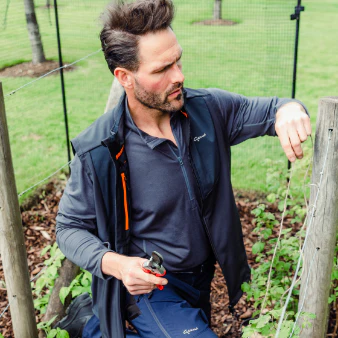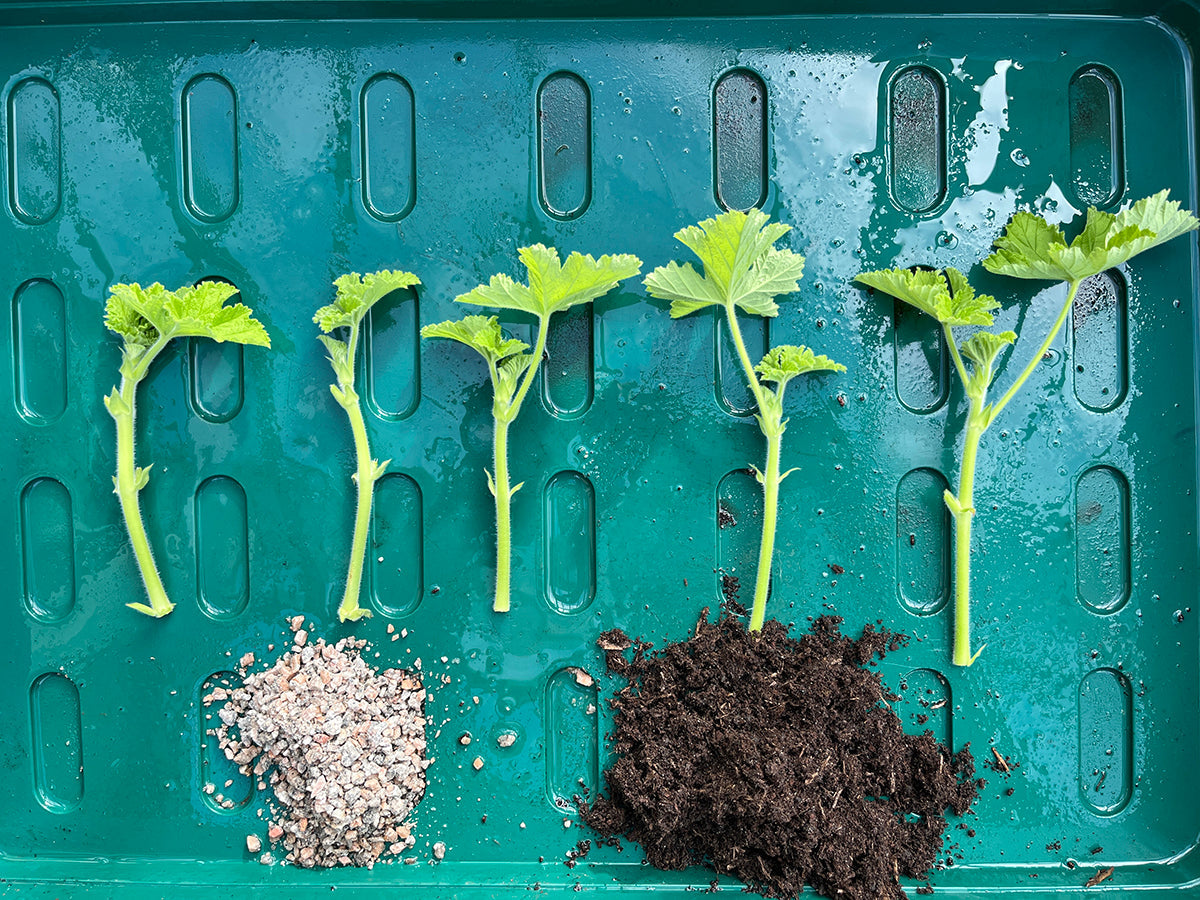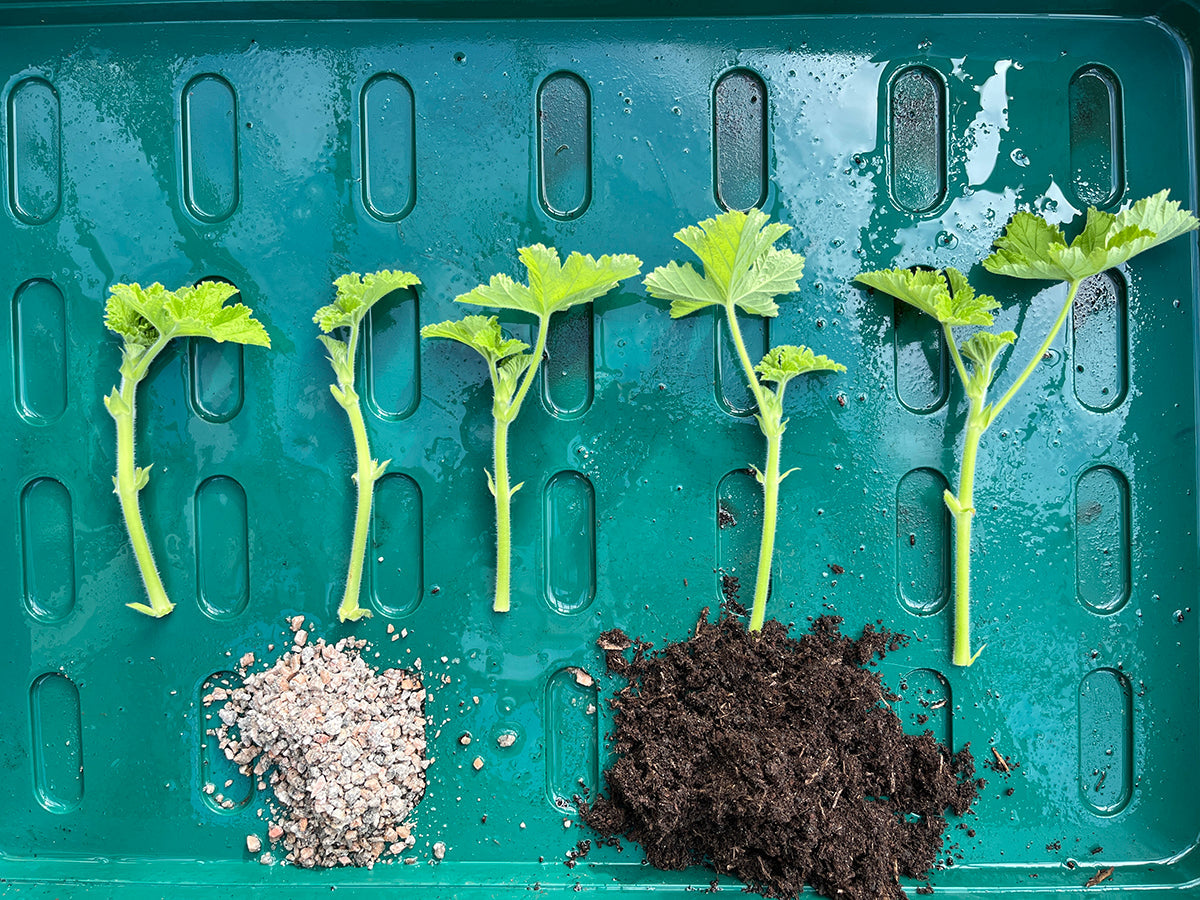Summer pruning - Buddleja globosa

Buddleja globosa, sometimes called the orange-ball tree, is an underrated plant, perhaps because of its ubiquity and use in supermarket car parks and public planting schemes.
But there's a reason for its use in these areas of high traffic, both vehicular and pedestrian - it’s incredibly hardy, tolerant of damage, and of course it’s a very attractive shrub in its own right (pictured). With bright orange, marble sized, spherical flowers set in bunches at the ends of its branches it offers a colourful spectacle in June and July. As a bonus it’s incredibly attractive to a wide range of insect species. Mine is usually smothered with butterflies, bees, and hoverflies. At night I’ve noticed it’s frequented by numerous moths -silver Y’s - who bob up and down over the flowers using their long proboscis to feed off the nectar.
This year with the prolonged dry spell, the flowering period was cut short but in wetter years such as 2024 it holds on to its flowers for three months. Unusually for a Buddleja, this one is summer pruned directly after flowering, giving it time to put out new growth on which next year's flowers will form.
They’re enthusiastic growers so a substantial amount of growth can be removed. We usually aim for about a quarter, sometimes a third. Work can be carried out with secateurs but with a larger shrub such as the one I have a hedge cutter is the better weapon of choice. Any split or untidy cut ends can be cleaned up with secateurs afterwards.











